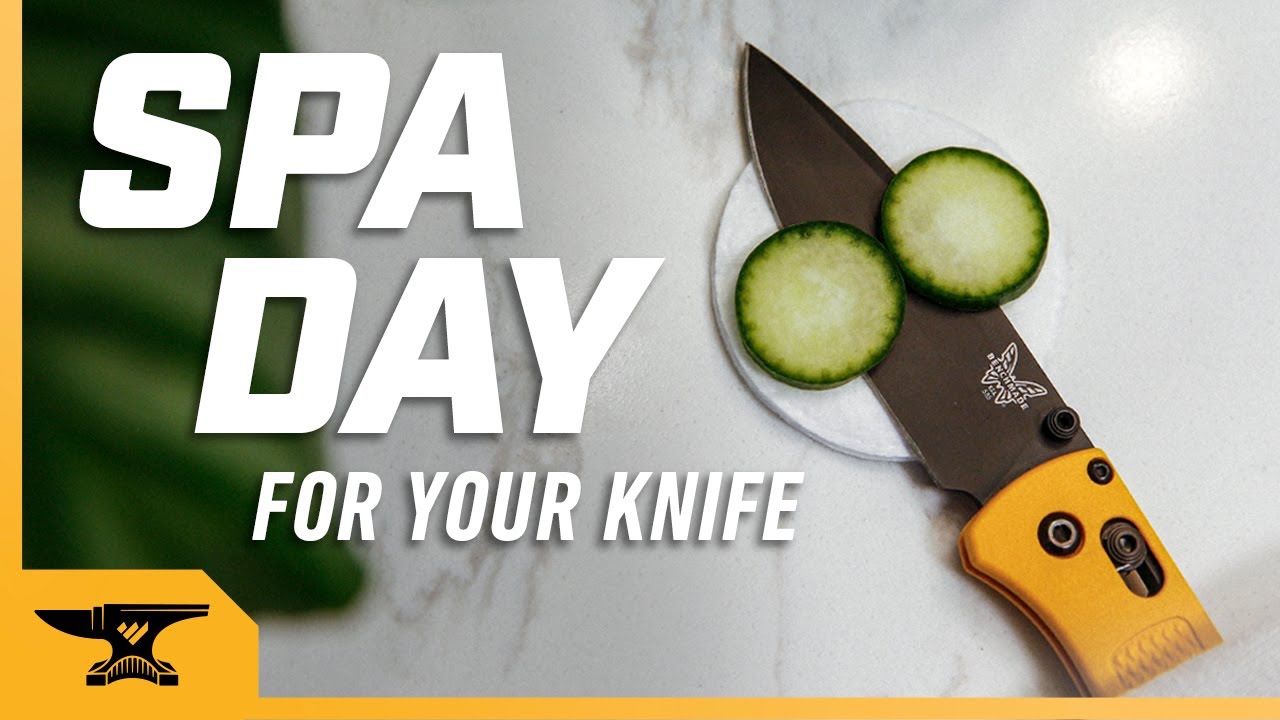A sharp knife is the result of grinding and polishing the edge of a blade on both sides, creating a bevel. The bevel on each side of the blade comes together and intersects at the finest point. A successfully sharpened knife is one where that finest point is razor sharp and can cut through your cutting material with ease and precision.
There are many methods you can use to test the sharpness of your edge. Most prefer to simply test the blade on a typical cutting material - a tomato if sharpening a kitchen knife, or a piece of rope with your freshly sharpened pocket knife. If your cut requires much pressure and is not easy to slice through, or the blade tears at the cutting surface, it needs sharpening. You also should not need to saw at the material.
Other popular methods for testing the sharpness of a knife are the paper test and shaving arm hair test.

The Paper Test
Holding a piece of paper out in front of you, place the knife at a slight angle and, with little pressure, glide the blade downward, cutting away from you. If the knife catches and begins to tear the paper, it is not sharp. If the blade continues a fluid and clean cut, you have a successfully sharp knife. Check out Field & Stream's step-by-step tutorial here for the paper test.
Shaving Arm Hair Test
First and foremost, caution is recommended with this method. While it is a very telling and beneficial test, we always push for safety first. The reason this test is popular by many is because a well sharpened knife will shave off all the hairs it passes over - razor sharp! A dull knife, or one that needs further sharpening, will glide over or pull at your arm hair with little to no hair removal.
To obtain razor sharp results that will shave off your arm hair, glide through paper, and seamlessly cut your cutting materials, high quality sharpening solutions are key. Work Sharp offers a variety of sharpeners that provides fast, easy, and repeatable results - no matter what your skill set when it comes to sharpening. Check out the different sharpening solutions here.






